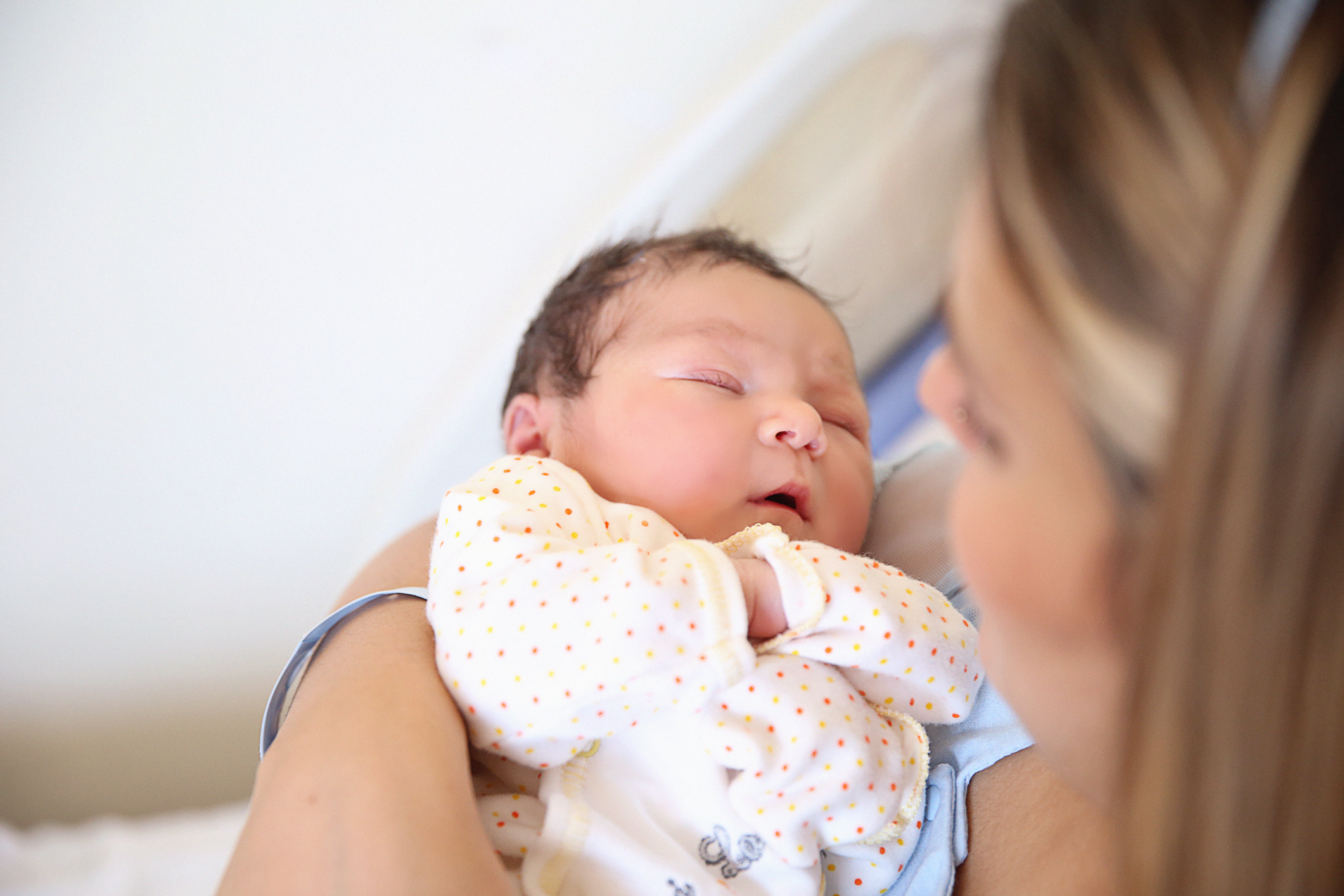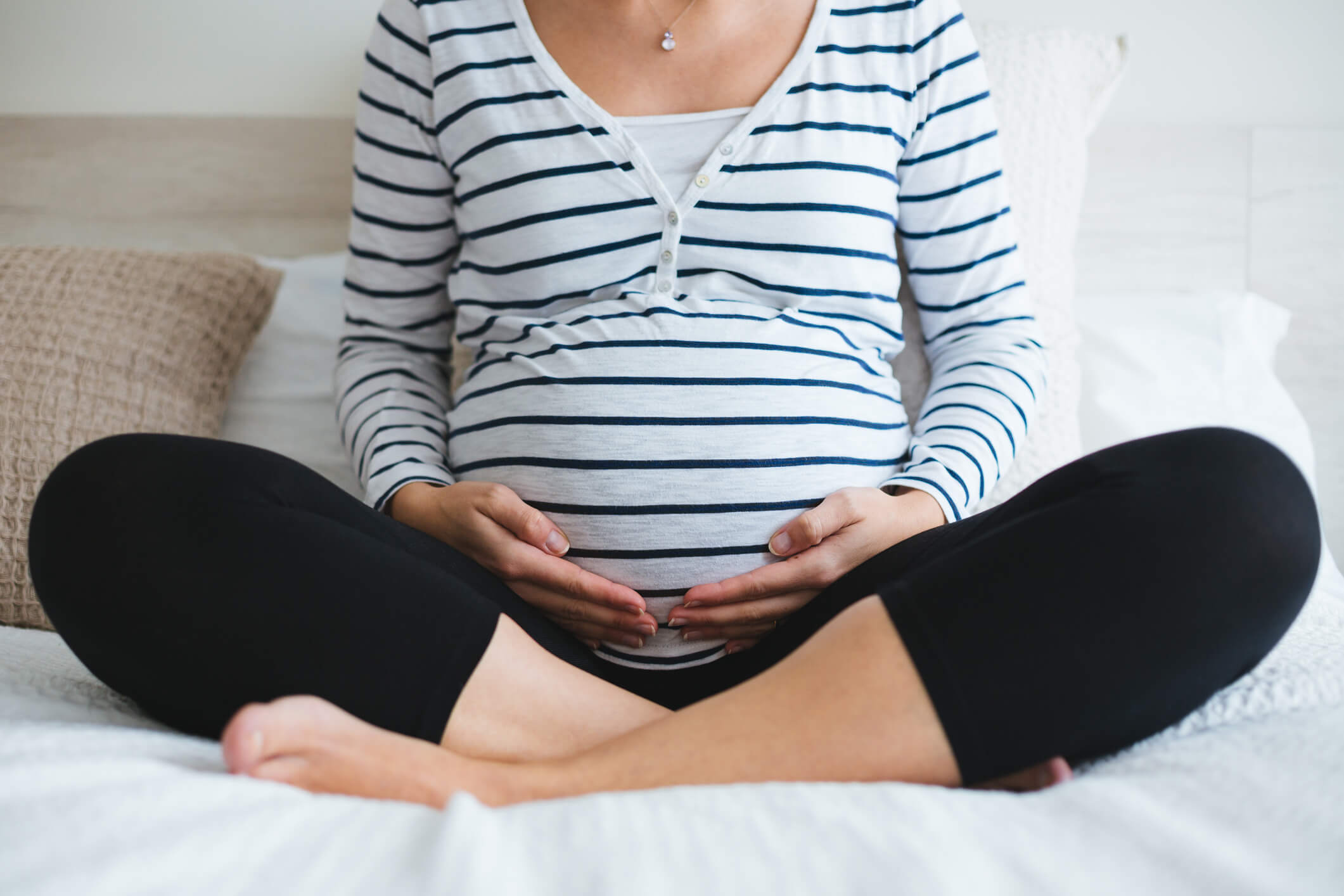-
It’s one of the most natural things in the world, but if you’ve never been through it before, childbirth can be somewhat of a mystery. You’ve probably heard lots of stories and seen plenty of birth scenes in movies, but what actually happens during labour?
We ask Cabrini Hospital’s Director of Maternity Services, Danielle Wilkins, what happens during a typical birth.
How long does a typical birth take?
It’s different for every mother.
Early labour can begin 24 hours before strong or established labour. Once strong labour starts it typically takes 12-18 hours for first time mothers, and around 7 hours for women who’ve had a baby before.
It’s important to know the difference between early and established labour so you know when to go to hospital.
How do I know when I’ve gone into labour?
Early labour
Early labour allows your cervix to thin out and dilate from 0 to 3cm. It can take weeks, days or hours. Some people don’t feel any pain, and others experience small contractions.
Some common signs you’ve gone into early labour include lower back or period-like pain, a blood stained mucus discharge called a ‘show’ or loose bowel movements. For around 20 per cent of women, the first sign of labour is their waters breaking, but for most women waters break later on.
During early labour, rest, stay well hydrated and allow your body to progress as it wants to.
Strong labour
Sometimes called established labour, strong labour begins when the cervix dilates from 3 to 10cm. A good sign you’ve gone into strong labour is when your contractions are 3 to 5 minutes apart.
When should I go to hospital?
During the early stages of labour, it’s best to take the opportunity to rest and relax at home. If you’re not sure about when you should go to hospital or something doesn’t seem right, you should call the hospital or your midwife to talk through your symptoms.
If your waters break, you’ll probably need to go in to hospital, and if your waters are greenish or bloody you should call the hospital or midwife immediately.
If your waters haven’t broken, it’s usually best to wait until you are in strong labour.
What happens during childbirth?
Childbirth or active labour has three stages. Dilation of the cervix, delivery of the baby and delivery of the placenta.
The first stage – dilation of the cervix
The first stage of active labour is generally the longest, and it’s when your cervix dilates from 3 to 10cms.
Throughout labour, your midwife or obstetrician will monitor how dilated you are. They will do this by inserting two fingers into your vagina and gently feeling the edge of the cervix. If one finger can fit into the opening in the cervix, you are 1 to 2cm dilated, two fingers means about 3cm and so on.
As your cervix dilates from 3 to 8cms, you will start to feel strong, painful contractions that come like waves. The pain starts small, builds to a climax and falls away again. The contractions will get closer together and more intense as time goes on.
Towards the end of the first stage of labour the contractions will be intense, painful and frequent. It may feel as though contractions are merging into each other, and you may have a strong urge to go to the toilet as your baby’s head travels down the birth canal. This part of the first stage of labour is called transition.
The second stage – delivery of the baby
The second stage of labour starts when your cervix is fully dilated – around 10 centimetres - and goes until the baby is born. It’s sometimes called the ‘pushing stage’.
During this stage contractions become longer and stronger. However, they do tend to be more spaced out, giving you some time to rest in-between contractions. As each contraction builds to a peak, you may feel a strong urge to push. Your midwife or obstetrician will guide your pushing to make sure your baby is delivered safely.
Many women feel pressure as the baby’s head moves down and a strong urge to go to the toilet. It’s also normal to feel stretching and burning as your baby travels out through your vagina.
The pushing phase varies for each woman, but it can last up to two hours, usually less if you’ve had a baby before.
During the second stage, your midwife or obstetrician will monitor your condition closely. If the second stage is taking a long time, it can be risky for you and your baby. Your birthing team will work out why the labour isn’t progressing, what the risks are and take action to help you.
Read more about when childbirth doesn't go to plan
The third stage – delivery of the placenta
There is nothing more beautiful than meeting your new baby! But there is still some work to do.
After the birth, your uterus contracts to loosen and push out the placenta. You will usually be given an injection to assist this step. You may experience some contractions, and your midwife or obstetrician may gently pull on the cord to assist with delivery of the placenta.
Blood loss is a normal part of the third stage of labour, but you will be monitored carefully to make sure you don’t suffer from excessive blood loss which may cause anaemia.
Let’s talk about pain relief…
Pain is a completely normal part of childbirth – but there are lots of pain relief options to get you and your baby through.
Some women prefer natural techniques like breathing, massage, hot and cold packs, hot baths or showers that help relieve or distract from pain.
Some also find transcutaneous electrical nerve stimulation (TENS) helpful, especially during the early stages of labour. It involves using a TENS machine to self-administer small, safe amounts of electrical current through electrodes applied to your back.
There are also medical pain relief options, including nitrous oxide (commonly known as laughing gas), morphine, pethidine and epidural anaesthesia.
Every woman will experience birth differently, and have a different idea about how they’d like to give birth. The most important thing is to discuss pain relief options with your midwife or obstetrician before labour.
Try to consider all options. And remember, it’s ok to change your mind if you find the labour pain overwhelming.
Childbirth explained

-
Avoiding cold and flu during pregnancy
During pregnancy, women are at an increased risk of experiencing complications from the flu. Make sure you understand what steps you can take to help keep you and your baby healthy.
-
Choosing childcare that fits your family
Here’s what you need to know when choosing childcare
-
How to avoid 'dad bod'
How to keep fit and healthy with a new baby in the house
-
Expecting a baby during COVID-19
We address some common questions you may have.
-
How your extras can help during pregnancy
Use your cover to stay healthy
-
Pregnancy self-care essentials
Obstetrician Dr Chris Russell shares some advice.
Subscribe to receive the best from Live Better every week. Healthy recipes, exercise tips and activities, offers and promotions – everything to help you eat, move and feel better.
By clicking sign up I understand and agree to Medibank's privacy policy






